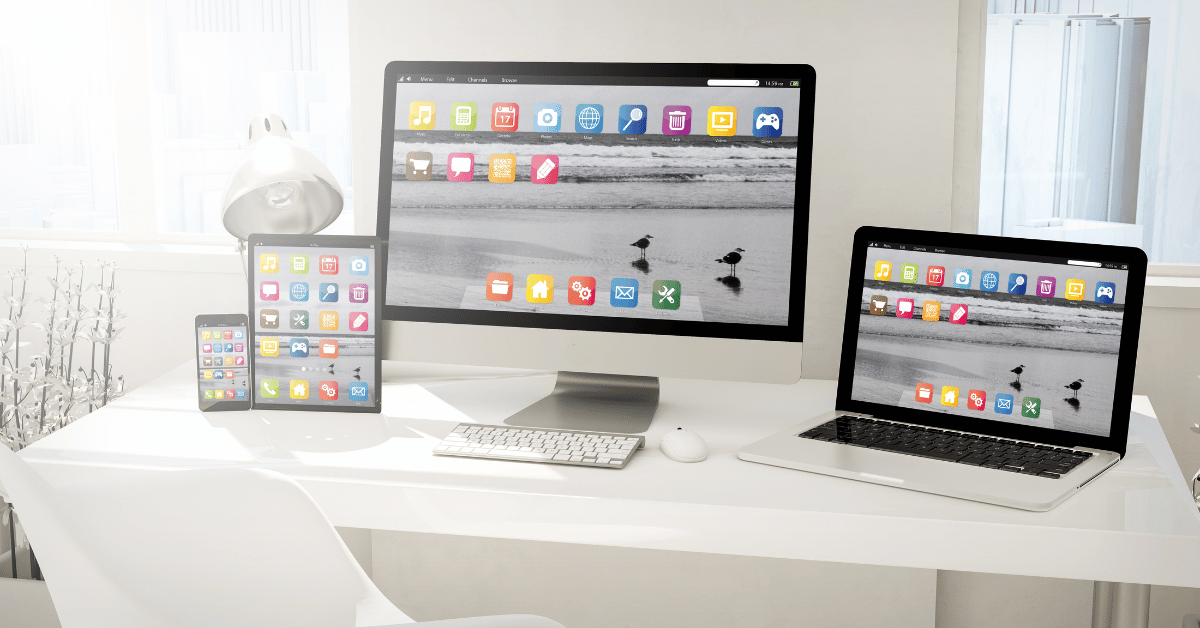Choosing the right projector screen size is essential for creating a comfortable and optimal viewing experience. A screen that is too small can be hard to see, while a screen that is too big can be overwhelming. In this article, we will explore how to determine your projector screen size for your home entertainment setup. We will cover the factors to consider, including room size, projector resolution, and viewing distance. By the end of this article, you’ll be equipped with the knowledge to choose the right projector screen size for your needs.
Table of Contents
How to Determine Your Projector Screen Size?
Choosing the right projector screen size is essential for creating a comfortable and optimal viewing experience. A screen that is too small can be hard to see, while a screen that is too big can be overwhelming. In this article, we will explore how to determine your projector screen size for your home entertainment setup. We will cover the factors to consider, including room size, projector resolution, and viewing distance.
Room Size
The first factor to consider when determining your projector screen size is the size of the room. A larger room can accommodate a larger screen, while a smaller room may require a smaller screen. Measure the height and width of the wall where you plan to mount the screen to determine the maximum size of the screen that will fit in the room.
Projector Resolution
The resolution of your projector is another factor to consider when choosing a screen size. If your projector has a lower resolution, such as 720p, a smaller screen may be appropriate to maintain image quality. However, if your projector has a higher resolution, such as 4K, a larger screen may be necessary to fully appreciate the increased detail.
Viewing Distance
The distance between the projector and the screen, as well as the viewing distance between the screen and the viewer, is another important factor to consider when determining your screen size. The Society of Motion Picture and Television Engineers (SMPTE) recommends a minimum viewing distance of 1.5 times the screen diagonal for optimal viewing. For example, if your screen is 100 inches diagonally, the minimum viewing distance would be 150 inches, or 12.5 feet.
Additionally, the distance between the projector and the screen can affect the screen size. A shorter throw projector, which can be mounted closer to the screen, may require a smaller screen size to prevent distortion and maintain image quality.
How big is 120 inch screen?
A 120-inch screen is 120 inches diagonally, which means the screen is 107.6 inches wide and 60.5 inches tall. This equates to approximately 9 feet wide and 5 feet tall, or 2.74 meters wide and 1.54 meters tall.
When choosing a screen size, it is important to consider the size of the room and the viewing distance. A 120-inch screen is considered a large screen size and may not be suitable for smaller rooms or shorter viewing distances. It is recommended to have a minimum viewing distance of 1.5 times the diagonal screen size for optimal viewing experience.
A 120-inch screen can provide a cinematic and immersive viewing experience, especially when paired with a high-quality projector and sound system. It is commonly used in home theaters and larger entertainment rooms. However, it is important to ensure that the room has enough space to accommodate the screen and that the viewing distance is appropriate for the screen size.
Conclsuion
In conclusion, determining the right projector screen size for your home entertainment setup involves considering the size of the room, resolution of the projector, and viewing distance. Measure the height and width of the wall to determine the maximum screen size that will fit in the room. Consider the resolution of your projector and the viewing distance between the screen and the viewer to determine the appropriate screen size for optimal viewing. By considering these factors, you can choose the right projector screen size for a comfortable and immersive viewing experience.

